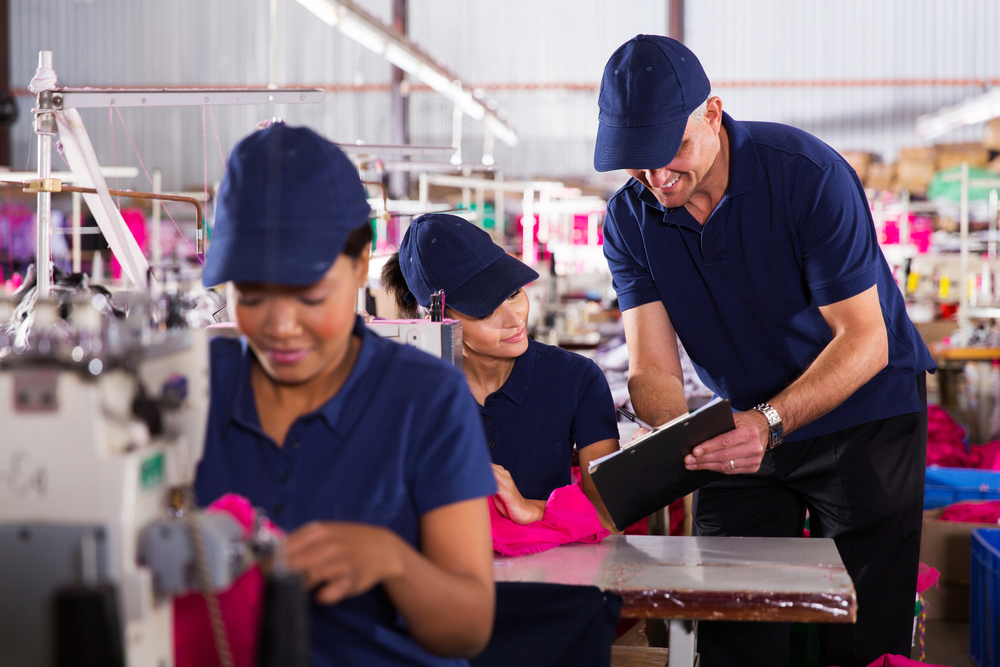A happy worker is a good worker. For example, a 2015 University of Warwick study revealed productivity jumps 12% when manufacturing workers are happy. Feeling good about one’s workplace also happens when employees don’t have to be concerned about safety issues that could lead to injury — or even death. In fact, safety and happiness go together like a well-lubricated and inspected machine and the products it helps manufacture.
However, good feelings alone don’t generate safe manufacturing plant environments: These feelings can erode quickly if employees encounter poor machine maintenance, uncorrected hazards, or untrained fellow employees. Help minimize these concerns: Consider improving training, safety, and maintenance standards at your manufacturing plant to turn workers’ frowns upside down.
Training
Training is an extremely important element of worker happiness. For new employees, extensive training during the first weeks, followed by regular reviews, can provide them confidence to perform their tasks as well as offer a sense of security, knowing they won’t harm themselves or others. For existing employees, seeing a newly-trained worker on the floor who can jump into her or his duties provides security that plant supervisors are looking out for their teams on the plant floor first — instead of management profits.
Safety
To maintain happiness, plant managers and supervisors must mitigate injuries on the floor due to safety issues everywhere, including proverbial and literary corners. If employees see their co-workers continually injured and not properly taken care of, they’re more likely to constantly worry about something happening to them. Therefore, safety training is as important as learning how to use the machinery. Both employees and members of administration need to be well-versed in Operational Safety and Health Administration (OSHA) standards and the potential dangers their machinery can cause. Everyone at the plant needs to be aware of how damage to machines, infrastructure, and personnel can occur when they neglect safety procedures, allow themselves to become distracted, or implement shortcuts.
Maintenance
Speaking of shortcuts, ignoring regular manufacturing machinery maintenance to save some money could quickly lead to unhappiness should it fail and cause employee injury. Not only is a regular check of all equipment necessary for safety purposes but it’s also required to avoid potential income loss should a catastrophic failure occur, requiring a total replacement. Employees and supervisors need to follow all scheduled maintenance checks and repair issues as soon as possible — even if it means a little downtime. In addition, plant supervisors and managers need to make maintenance an integral part of training for both new and existing employees.

Together, these three components can work together to help you improve and maintain employee happiness and productivity at your plant. Where can you start? Ask questions and listen to employees to find out how happy they are. If they aren’t too enthusiastic, take a closer look at your training, safety, and maintenance and ensure you implement changes immediately to increase their level of contentment and improve your bottom line.
